Intel is hard at work, prepping an “Android x86″version of Android 2.2 designed for tablets and netbooks. As we’ve mentioned here a couple of times, Android was initially designed for ARM processors. Intel has been gradually getting more involved with the platform, most recently for the Google TV products due later this year. At some point, Intel hopes to see smart phones running their Atom processors in addition to the Qualcomm chips that have become all the rage………
We knew that Intel had designs on Android for its Moorestown CPU, and as you might have guessed, the company’s plans don’t stop there. Renee James, a Senior VP at Intel, recently said as much in a conversation with APC. Apparently, devs can look forward to seeing a fully native x86 version of Froyo at some point this summer.
In a move that may finally kill off Windows XP as the cheap OS of choice for the netbook manufacturers of the world, Intel has revealed it’s creating a native version of Android 2.2 to run on its Atom chipsets – which power the lion’s share of netbooks on sale today.
It’s an important step that will have Microsoft looking nervously over its shoulder, as it will see Google’s mobile OS, already very popular on smartphones, moving to the PC standard x86 architecture.
Android was originally built to run on ARM chips in smartphones, but Intel has been beavering away at adapting Android’s open source code to run as a native x86 operating system. This makes sense, as it will allow Intel’s partners to use its Atom processor for Android-based devices.
James goes on to say that “all of the code will be fed back into the open branch that will be created for x86.” Awesome! Perhaps 2011 will see a flood of generic, Atom-powered Android tablets. Because we don’t see enough generic Android tablets as it is.
In the main, Microsoft has owned the Intel Atom–based netbook market (sorry, Linux-lovers), while Google’s Android has found success in the ARM processor–based smartphone market. But with an x86 Froyo on tap, Android could make inroads into the established netbook market as well as the nascent tablet market.
Intel is ramping up its efforts in the lucrative low end. As early as May 2009, Intel CEO Paul Otellini put his cards on the table, telling investors that his company was embracing netbooks, handhelds, consumer electronics, and embedded products. “That’s what we’re aiming at,” he told the moneymen. “This is where we think the growth opportunity is for us.”
Even before Otellini spoke at the investors’ confab, Intel had joined Nokia to create the Moblin-Maemo mobile mashup, MeeGo. And after stumbling on its Menlow low-end attempt, Intel appears to have found if not its stride at least a bit of a loping gait with its recently released and much more power-miserly Moorestown platform.
Although Intel insists that Moorestown is aimed at smartphones, its use in netbooks and tablets would seem to fit its power and performance profiles quite nicely, with smartphones being a better target for Moorestown’s follow on, Medfield.
Netbooks, tablet, and smartphones — three areas where the open-source Android can play quite nicely. From this vantage point, an x86 Android would give Microsoft a run for its money on netbooks and be a significant challenger as both OSes aim at tablets.
Smartphones? Microsoft is sinking fast in this market already, and whether Windows Phone 7 can pull them out of their tailspin is the billion-dollar question.
And then there’s MeeGo — or, perhaps, with Intel’s Android efforts in ascendancy, it may be time to consider rewriting that sentence to read: “And then there was MeeGo.” ®
The Intel man also said its developments would be fully open sourced after Intel is done with it, which is a quite amazing development for Android – it has a great chance to take over from the various Linux branches as the low-spec Windows alternative of choice.
Resources :eurodroid.com,theregister.co.uk,engadget.com

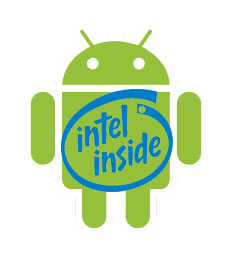
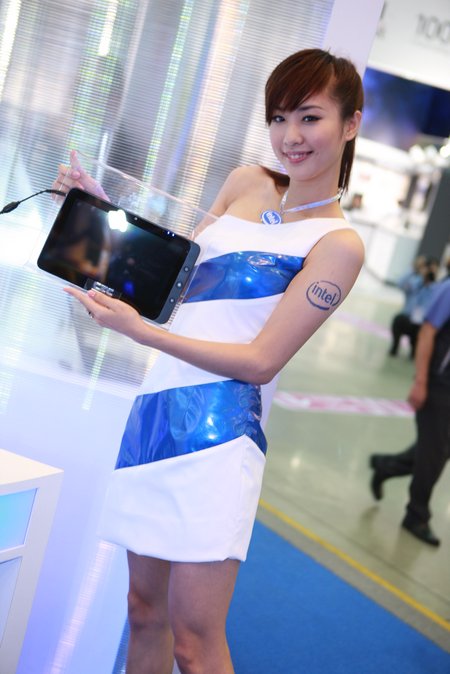
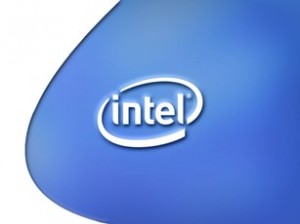

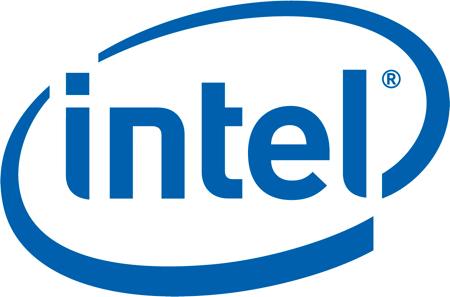
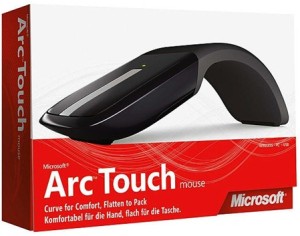
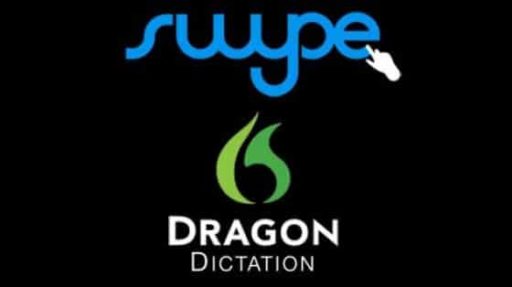
Pingback: Details on TEGA v2 Android dual-booting, launch bumped by WP7 debut | GottaBeMobile